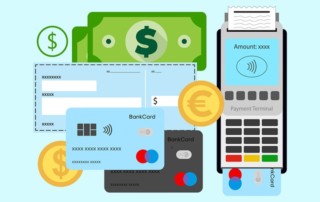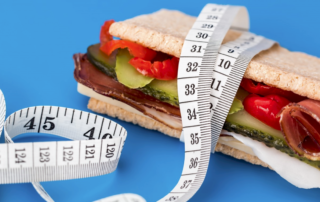Latest Insights
The Behavioral Economics of Payment Methods
There have never been more options to choose from when paying. Under conventional Economics assumptions, this should not make a difference in either decision-making or outcomes. According to behavioral economics, however, the payment method chosen does impact (financial) decision-making and its possible outcomes. In this article we dive into the impact a payment method can have on financial decision-making.
How Well Do Nudges Work?
The research literature on nudge effectiveness is growing. 2022 started with a new PNAS article reporting a meta analysis of 455 effect sizes from 214 publications. Here's a short summary.
The Behavioral Economics of Price-Setting
Prospect theory proposes that when making decisions people use a reference point to frame prospective alternative outcomes as either potential gains or losses; when considering prospective gains, they are risk-averse and prefer certainty, but when considering prospective losses, they are risk-prone and prefer to risk the possibility of larger but uncertain losses. However, when setting prices people make decisions that contradict prospect theory: they are risk prone when cutting prices with the prospect of revenue gains, and risk averse when raising prices that they associate with perceived revenue losses.
Why Do We Pay Too Much for Information?
Should we postpone a decision to collect more information or decide based on the information already available? This is a typical dilemma not only in business life. Psychologists have found that most people tend to wait too long and spend too much on information collection. Why is that the case? Our study gives a surprising answer.
Getting It Done – The Behavioral Way
Many people struggle to finish big projects. According to a 2020 survey, almost half of teleworkers had trouble getting motivated. Behavioral science can help! Here are some tips for accomplishing those daunting tasks.
Relatively Tempting: Calorie Difference, Self-Control and Food Choices
Obesity has become a health crisis in many countries. Some governments have begun to mandate the display of calorie information on fast-food menus. However, research has offered mixed results regarding the effect of calorie information on consumed calories. This may be partly explained by two opposing forces: the calorie content of food alternatives and the relative calorie distance between food items. New research reported here suggests that the impact of calorie information depends on the relative magnitudes of these two variables.







